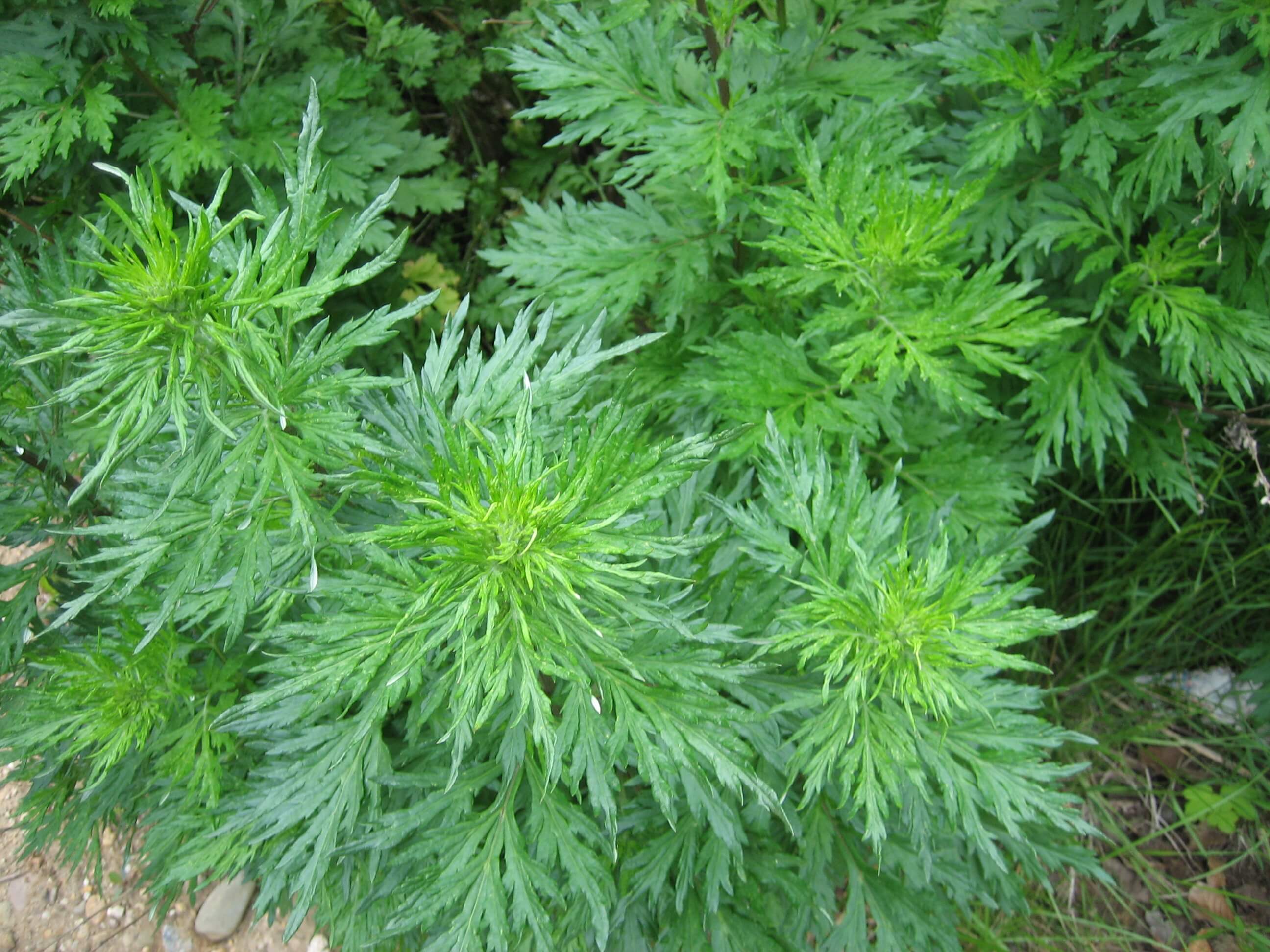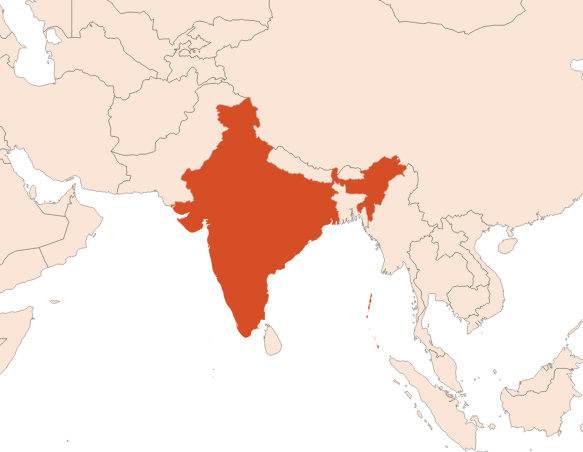
| Company | Ingredient Name | ID | Comments | Naturality | Certifications | Purity | Latin name | Treated part | Geographical origin | MOQ |
|---|---|---|---|---|---|---|---|---|---|---|
|
|
Huile essentielle de Davana - 30 gr | - |
Visit website
|
- | - | - | - | - | - | |
|
|
DAVANA EO | 4410000009 |
Visit website
|
Naturel | - | - | - | - | - |
General Presentation
-
CAS N° : 8016-03-3
-
EINECS number : 616-970-9
-
FEMA number : 2359
-
Appearance : Yellow to orange liquid
-
Density : 0,950 - 0,980 @20°C
-
Volatility : Heart
-
Price Range : €€€€
Physico-chemical properties
-
Optical rotation : Donnée indisponible
-
Vapor pressure : Donnée indisponible
-
Refractive Index @20°C : Donnée indisponible
-
Acid Value :
-
Flash Point :
Uses
Uses in perfumery :
Used in fine fragrance for amber, fruity and floral notes (jasmine or tuberose). Mostly used in men's fragrances.
Major Components :

Photo credits: ScenTree SAS
Botanical name :
Artemisia pallens Wall. ex Besser
Synonyms : Artemisia absinthii B.Heyne // Artemisia orientalis Herb.Madr.
Botanical profile :
Davana is a plant of the Asteraceae family (like absinthe, wormwood or tarragon, as evidenced by the shape of its leaves), and of the genus Artemisia.
Chemotypes :
The genus Artemisia includes other fragrant plants such as tarragon (Artemisia dracunculus), absinthe (Artemisia absinthium) and wormwood (Artemisia vulgaris). All have a fairly green and aromatic smell but differs in an aniseed note for tarragon, camphor for absinthe, terpenic for mugwort and fruity for davana.
Extraction process :
The propagation of a davana culture is done by sowing seeds. These are often mixed with sand and kept moist in small bags for 48 hours before they are sown on a pre-fertilized soil. The crop is made in rows and the plants are planted a few centimetres apart.
After four months of ripening, the crop take place in late summer, when the flowers bloom fully. The plants are carefully cut by hand with a sickle and dried for a week before they are distilled. After grinding the leaves, steam distillation is carried out for 10 to 15 hours. At the end of the process, the essential oil is collected by decantation of the water. To help separate the two phases in exit of column, salt water is often added to the mixture.
The extraction yield does not exceed 0.2% in correspondence to a yield of 12 to 13 kg of essential oil per hectare cultivated.
Other comments :
The Davana grows very regularly at the foot of santals. This is why it is grown mainly in India where it is also used to make garlands and bouquets.
The botanical name ''pallens '' refers to its foliage, often grey.
The quality of a Davana essential oil is measured by its amount of Davanone : a high quality oil contains more than 50%, although a rate of about 45% of Davanone is generally more common.
Surprisingly, the major component of the essential oil, cis-davanone, has no smell. The power of the essential oil smell comes mainly from the presence of ethers such as furans, dihydrofurans and dihydrorosefurans, among others. However, all these compounds are present at less than 2.5% in the essential oil.
From 2008, the quality of the production of Davana essential oil dropped due to the increasing demand and climatic conditions difficulting the growth in India. Therefore, essential oils contains less Davanone.
Curiously, the quantity of davana essential oil exported in 2009 doubled, causing an upward trend in the number of crops and lower prices. In addition, the cultivation of davana does not require the use of synthetic products and cultures do not carry disease. Irrigation is an additional source of costs for farmers and represents 20% of the total cultivation cost. For this reason, several rainwater recycling projects are being developed.
Stability :
The terpenes identified in this raw material can polymerize when they are oxidized
Regulations & IFRA
IFRA 51th :
This ingredient is restricted by the 51th amendment
Annexe I :
Some regulated synthetic ingredients are found in nature and in certain proportions in natural ingredients. This presence in nature has to be taken into account when calculating limits of use recommended by the IFRA. In case you do not know these concentrations, you can use the ones estimated by the IFRA. Here they are :
| List of regulated compounds contained in this ingredient | ||
|---|---|---|
| Regulated ingredient name | CAS N° | Estimated Concentration |
| Benzaldehyde | 100-52-7 | 0,2 |


